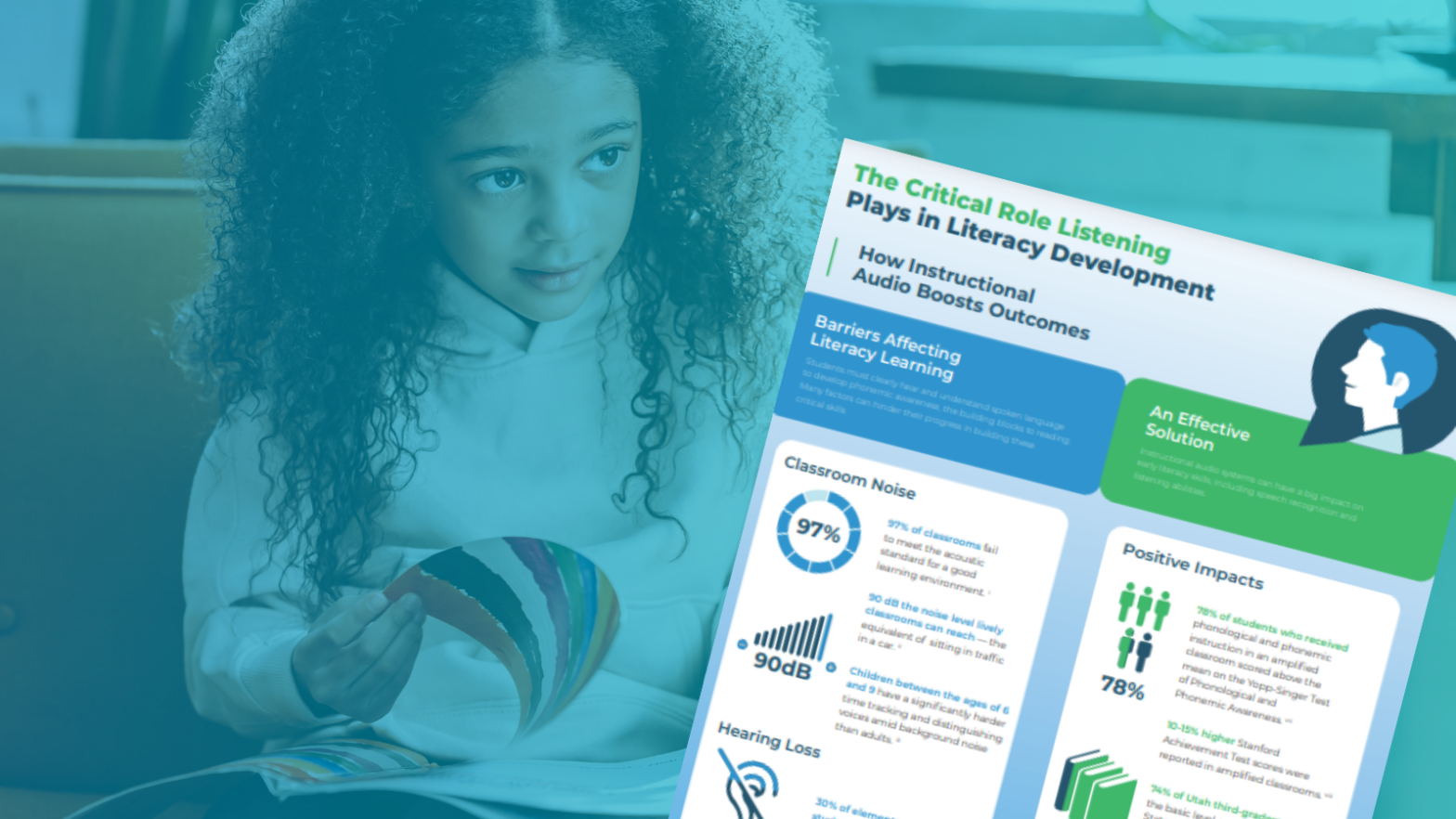ELL Specialist: These are “My Tech Essentials”
Administrator for Multilingual Programs in the Beaverton School District in Beaverton, OR
As the administrator for multilingual programs at Beaverton Public Schools in Beaverton, OR, I oversee 5,000 English language learners (ELLs) speaking more than 95 different languages. We are the third-largest district in the state, with 46,000 students at 51 schools. While many of our ELLs speak Spanish as a second language, Arabic and Japanese round out the top three.
As a Future Ready district, we use technology to engage students in every lesson, while providing resources to bridge the gap between their native language and English.
We encourage our educators to be innovative, and to weave technology elements into their daily lessons. For example, we do not believe that asking students to do research or type a report is innovative or engaging. Our educators assign writing prompts where students are able to provide feedback to their classmates digitally.
Teachers monitor student interaction and are able to collect data and formatively assess each student’s understanding.
A Curriculum Specialist’s Tech Essentials
- Lightspeed Redcat audio systems can be found in every ELL classroom in our district. The system amplifies educators’ natural voices so they don’t have to shout and do not experience vocal exhaustion at the end of the day. Hearing the teacher clearly is critical during the language-learning process.
- Laptops are an educator’s lifeline. We provide every teacher with a laptop, which is used on a daily basis for lesson-planning, presentations, and for visuals, which are extremely important while teaching ELL students, since pictures help them make the connection between their native language and English. Teachers use laptops to access our LMS and grade book system, which helps them track student achievement.
- iPads play a pivotal role in our classrooms to connect students with their native language. By using the Google Translate feature, we can change the keyboard settings on iPads to show the English letter underneath their native language. We have found that allowing students open access to their native language is extremely helpful when transferring knowledge into learning a second language.
When I first started as an ELL teacher, we would use tapes to record students, listen to their passages, and assess progress. The tech essentials I mentioned are just a few elements that have streamlined instruction, making the time our teachers spend with students more efficient and productive. These tools of the modern classroom free us to provide the human element that our students need to succeed in the 21st century.


